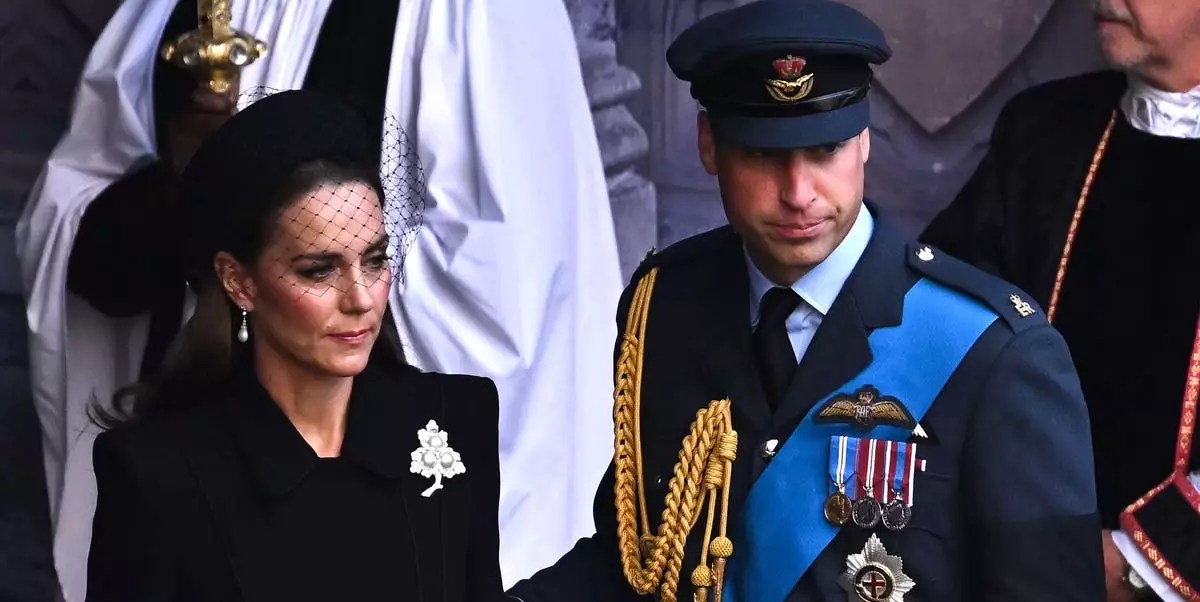In a poignant display of royal tradition, Prince William attended the funeral of Pope Francis at St. Peter’s Basilica on April 26, 2025, representing the royal family in a moment marked by profound grief. The absence of King Charles III at such a significant event raises questions about royal protocol and the symbolic roles of its members. While Charles’s absence was anticipated due to established traditions, William’s presence served to reinforce the idea of continuity in the monarchy’s relationship with the Catholic Church, particularly in light of the late Pope’s influence on global spirituality and social justice.
The decision for William to take the lead is grounded not only in familial duty but also in an understanding of the delicate balance between authority and humility that the royal family strives to uphold. In dealing with issues of spirituality and death, the Royal Family walks a fine line, balancing modern expectations with the weight of historical precedent. This moment, infused with both sadness and reverence, marked a significant reflection on the role of tradition amidst the changing tides of society.
The Absence of Princess Kate: A Nod to History
While media speculation swirled around the attendance of Catherine, Princess of Wales, her absence was arguably consistent with royal practice. History has shown that the presence of royal spouses is not always guaranteed at state funerals, particularly when symbolic representation is needed. When King Charles was a prince, he attended the funeral of Pope John Paul II in a similar solitary capacity, a move steeped in protocol. This historic precedent underscores how the royal family navigates its obligations, recognizing the nuance of their roles in such moments.
Catherine Middleton’s absence might appear surprising to some; however, understanding the rituals of the monarchy involves recognizing patterns that date back generations. The choice not to attend underscores the evolution of the royal family, where individual decisions are often shaped by a larger narrative and an understanding of one’s role within that context. Both William and Kate have demonstrated that they are keenly aware of their positions, often opting for a thoughtful approach that aligns with the values they espouse.
The Significance of Pope Francis’s Legacy
Pope Francis, who passed away at the age of 88, leaves behind a legacy marked by compassion, inclusivity, and a commitment to addressing societal issues. In King Charles’s heartfelt statement, he noted the Pope’s unwavering dedication to the welfare of humanity and the Church, drawing attention to Francis’s ability to engage people across faiths and backgrounds. This acknowledgment not only emphasizes the personal relationship Charles had with Francis, but also speaks volumes about the respect and admiration the royal family holds for him.
The sentiments expressed in the royal statement resonate deeply with a public that has witnessed Francis’s tireless advocacy for issues like climate change, poverty alleviation, and refugee rights. Through his actions, the late Pope became a figure who transcended institutional boundaries, urging people of all faiths to unite for the common good. The royal family’s public acknowledgment further highlights their alignment with the values the Pope championed, thereby reinforcing their commitment to social causes.
A Modern Monarchy’s Responsibility
In attending Pope Francis’s funeral, Prince William is not just carrying out a royal duty; he is also delivering a subtle message about the monarchy’s role in contemporary society. In today’s world, where trust in traditional institutions can waver, the presence of a royal figure at such a significant event helps reaffirm the relevance and relatability of the monarchy, particularly in spiritual matters.
The royal family’s engagement with the Church is a reminder that they are not just ceremonial figures; they are, in many ways, stewards of hope and unity for their citizens. By participating in significant global events, they signal to the public that they are in touch with the issues that matter most. Thus, Prince William’s appearance is not merely ceremonial but a strategic outreach, emphasizing the monarchy’s willingness to connect with and support vital global conversations.
As we reflect on this momentous occasion, one can’t help but admire the grace with which the royal family navigates the complexities of their roles, despite the challenges they face. Each public appearance, each statement, and each subtle gesture serves to weave a narrative of resilience and commitment, solidifying their place in both royal and global history.


Leave a Reply